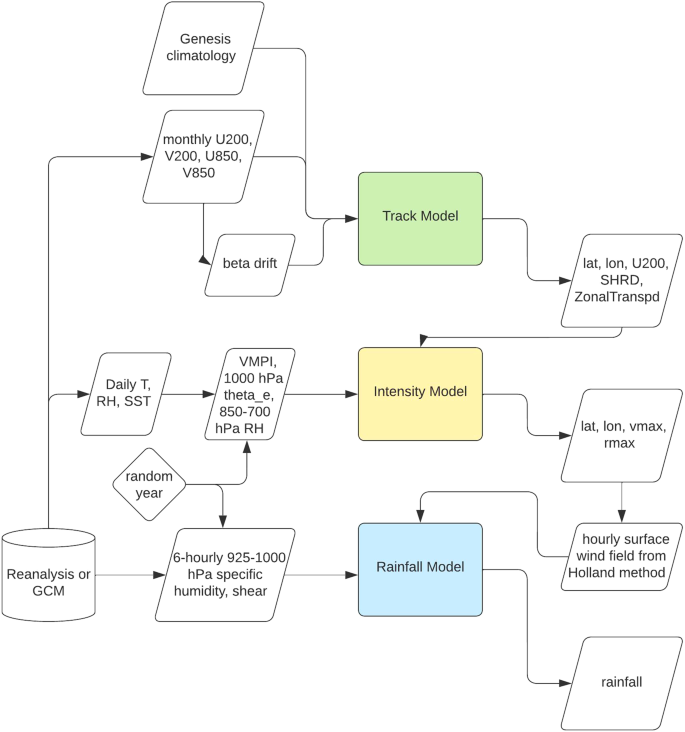2024-03-12 パシフィック・ノースウェスト国立研究所(PNNL)
<関連情報>
- https://www.pnnl.gov/publications/tailoring-convection-cloud-chamber-optimizing-droplet-collisions
- https://agupubs.onlinelibrary.wiley.com/doi/10.1029/2023MS003734
衝突合体のための対流・雲チャンバーの設計と粒子物理学による大規模渦シミュレーション Designing a Convection-Cloud Chamber for Collision-Coalescence Using Large-Eddy Simulation With Bin Microphysics
Aaron Wang, Mikhail Ovchinnikov, Fan Yang, Silvio Schmalfuss, Raymond A. Shaw
Journal of Advances in Modeling Earth Systems Published: 27 January 2024
DOI:https://doi.org/10.1029/2023MS003734

Abstract
Collisional growth of cloud droplets is an essential yet uncertain process for drizzle and precipitation formation. To improve the quantitative understanding of this key component of cloud-aerosol-turbulence interactions, observational studies of collision-coalescence in a controlled laboratory environment are needed. In an existing convection-cloud chamber (the Pi Chamber), collisional growth is limited by low liquid water content and short droplet residence times. In this work, we use numerical simulations to explore various configurations of a convection-cloud chamber that may intensify collision-coalescence. We employ a large-eddy simulation (LES) model with a size-resolved (bin) cloud microphysics scheme to explore how cloud properties and the intensity of collision-coalescence are affected by the chamber size and aspect ratio, surface roughness, side-wall wetness, side-wall temperature arrangement, and aerosol injection rate. Simulations without condensation and evaporation within the domain are first performed to explore the turbulence dynamics and wall fluxes. The LES wall fluxes are used to modify the Scalar Flux-budget Model, which is then applied to demonstrate the need for non-uniform side-wall temperature (two side walls as warm as the bottom and the two others as cold as the top) to maintain high supersaturation in a tall chamber. The results of LES with full cloud microphysics reveal that collision-coalescence is greatly enhanced by employing a taller chamber with saturated side walls, non-uniform side-wall temperature, and rough surfaces. For the conditions explored, although lowering the aerosol injection rate broadens the droplet size distribution, favoring collision-coalescence, the reduced droplet number concentration decreases the frequency of collisions.
Key Points
- Collision-coalescence effects on a steady-state droplet size distribution are stronger in a taller chamber
- Wet side walls are essential for maintaining cloud liquid water in a chamber with a low width-to-height aspect ratio
- Rougher surfaces increase surface heat and moisture fluxes, leading to larger liquid water content that promotes collision-coalescence
Plain Language Summary
A convection-cloud chamber is useful in understanding how turbulence affects the interaction between aerosols and cloud droplets. The current convection-cloud chamber (the Pi Chamber) is likely too small to explore how turbulence affects the collision-coalescence among cloud droplets. To see whether collisional growth may be observable in a larger cloud chamber, we use numerical simulations to model the cloud droplet size distributions under several different configurations of the cloud chamber. The results suggest that the likelihood of detectable collisional growth increases significantly in a tall chamber with two warm and two cold saturated side walls and rough wall surfaces.


